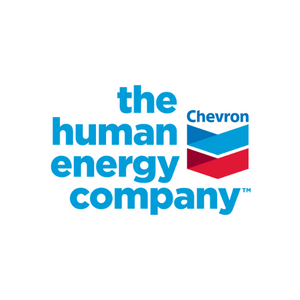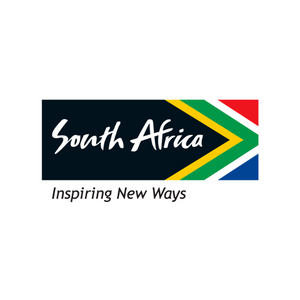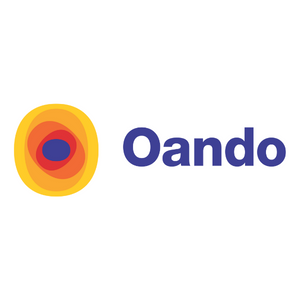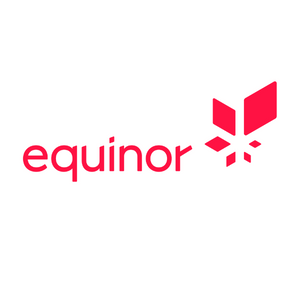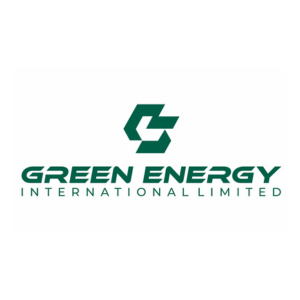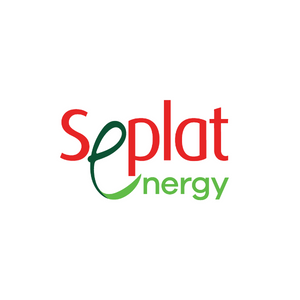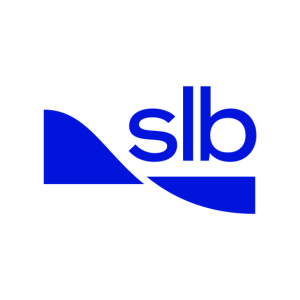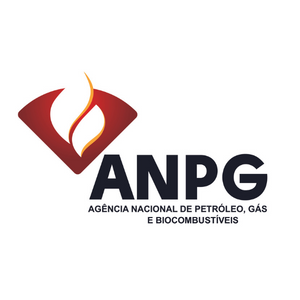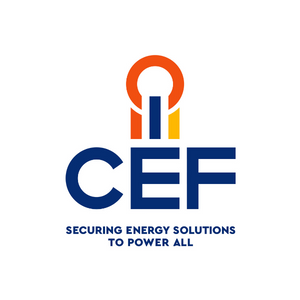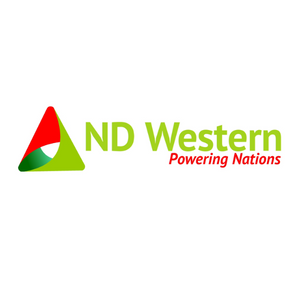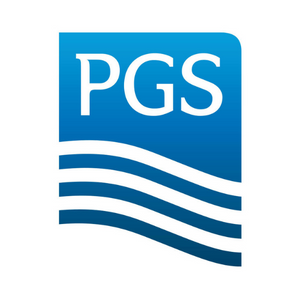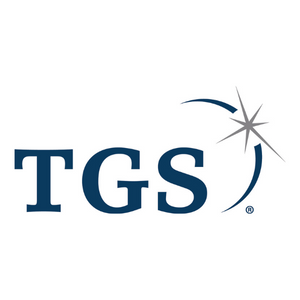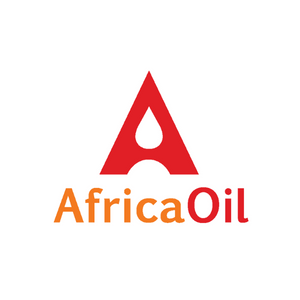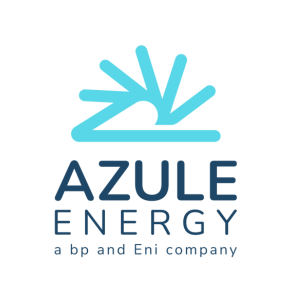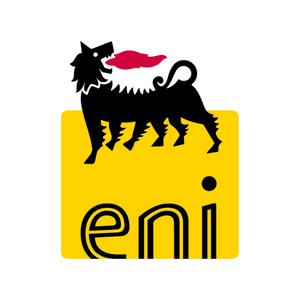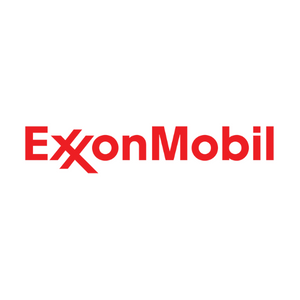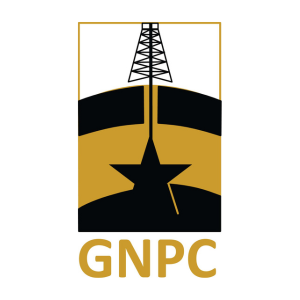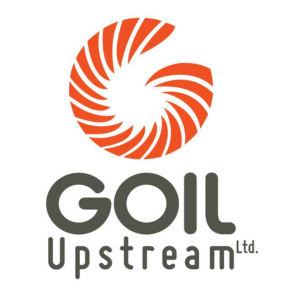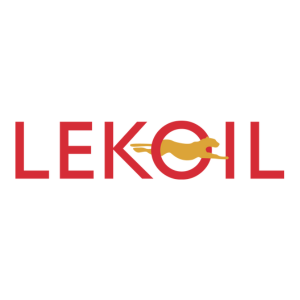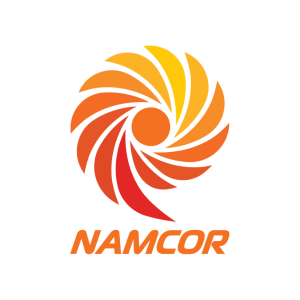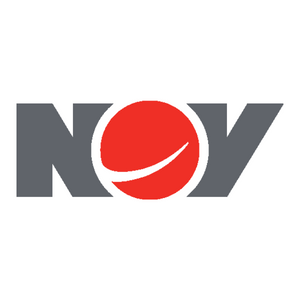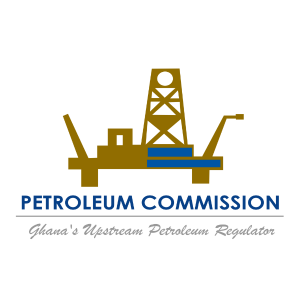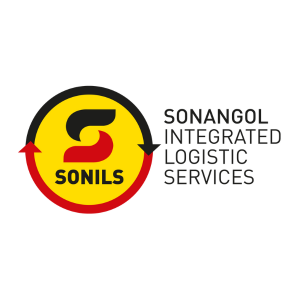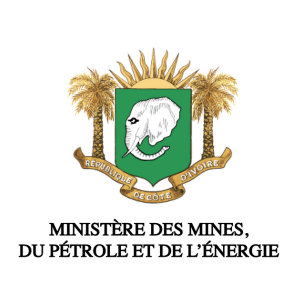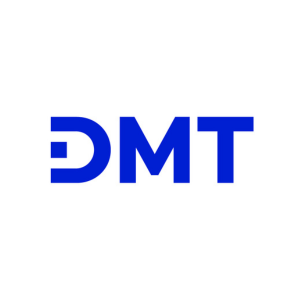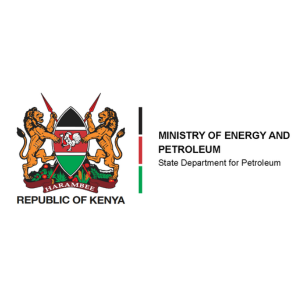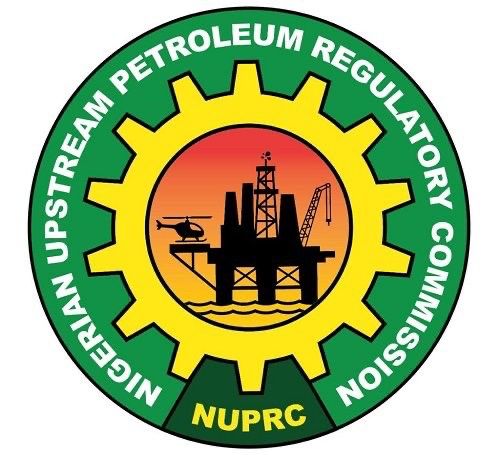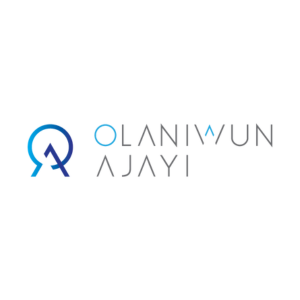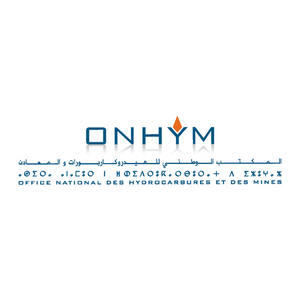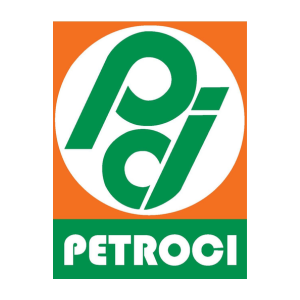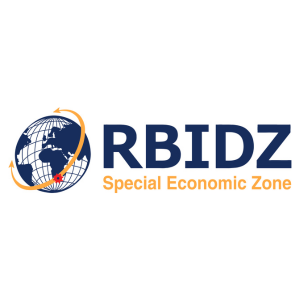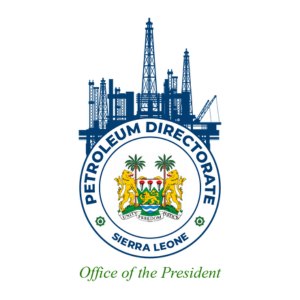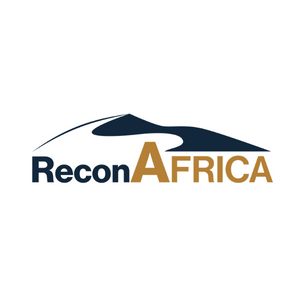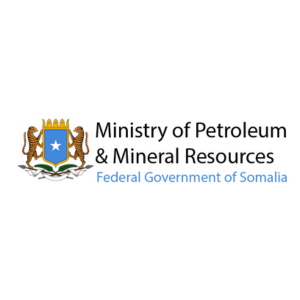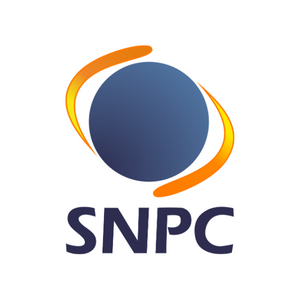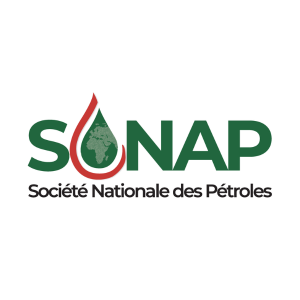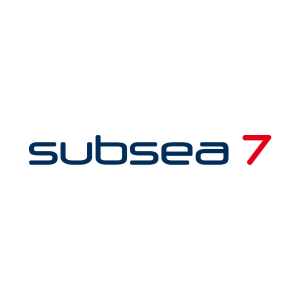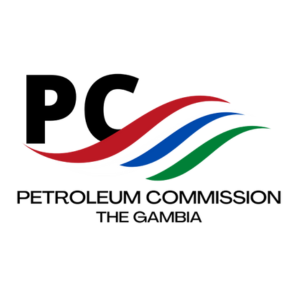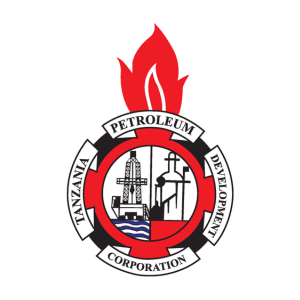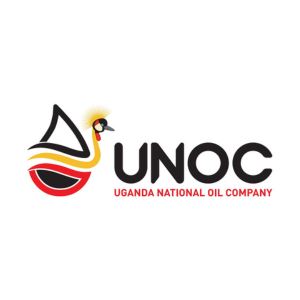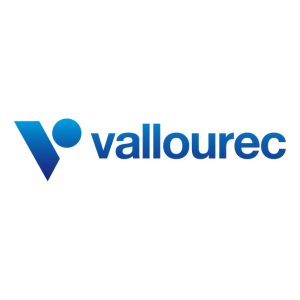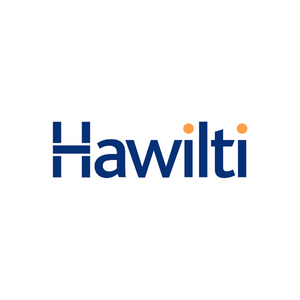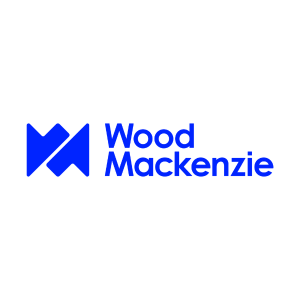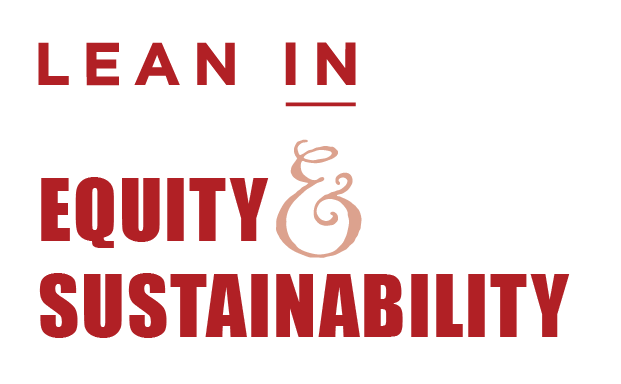Another decade of intense hydrocarbons development is about to hit Africa.
Here, we cover some of the plays and projects to watch from 2020 onwards; the developments that promise to chart the course for African oil & gas in the coming years.
As you heard at Africa Oil Week 2019, Brulpadda is one of the largest gas discoveries in recent South African history.
It’s the first discovery of its kind in the Outenquia basin. Essentially, this has opened up deepwater acreage off the South Africa coast.
Total has been drilling here since 2014. Initial estimates believe Brulpadda could hold up to 1 billion barrels of oil equivalent. Surrounding prospects could also hold an additional 750m boe.
But, despite its enormous potential, Brulpadda will prove a substantial challenge when it comes to further development.
The seas in which the play sits are very rough - waves aves often exceed 7.5m in height here. High windspeeds also create challenging conditions.
Some observers have suggested that it will be close to impossible to exploit Brulpadda’s reserves using conventional methods. The ability to safely and accurately install subsea systems to service a floating production unit has been called into question.
Total is still determined to push on with this project. Fresh 3D seismic data will be used to kick off a new exploration campaign here in Q1 2020. Brulpadda remains at the forefront of Africa’s oil & gas plays as a result.
Another Total play, Mozambique LNG is a huge development.
The multi-billion-dollar undertaking has attracted partners and players from around the world. Project investors include three Indian oil firms, the US Export-Import Bank, and Japan’s Mitsui, alongside local NOCs and smaller players.
Construction will also be a multinational project. CCS JV, a joint venture between McDermott, Saipem, and Chiyoda, has netted a $6bn EPC contract for Mozambique LNG. According to McDermott, this will involve manufacturing and building of two onshore LNG trains with a total capacity of 12.88m tons per year.
Mozambique is quickly emerging as the leader in African LNG. A wide variety of gas-led projects are underway here, with majors like Eni and ExxonMobil investing heavily in developing Mozambique’s gas resources.
This will have massive economic dividends for Mozambique. As much as $95bn in revenues can be created by ongoing gas activity here by 2045. That would effectively be seven times more than Mozambique’s current $12bn GDP.
Mozambique might be the Africa’s LNG leader, but it is far from the only big player.
Senegal, with access to the bountiful MSGBC Basin, is a key power in West Africa’s LNG sector. It’s thanks to projects like Greater Ahmyim Tortue (GTA) that are spearheading an LNG-led future for Senegal.
BP, the project leader, and its partners announced the final investment decision of Greater Tortue Phase 1 in December 2018, with construction following in 2019. First gas is expected to be produced by 2022.
A further two phases of development will continue to add to Greater Tortue’s lifespan. BP announced its partners Kosmos Energy had found further resources there after extended drilling in 2019.
Spread over 33,000 square kilometres, the GTA Field itself holds approximately 15 trillion cubic feet of recoverable gas.
The Greater Tortue Ahmeyim project will produce gas from an ultra-deepwater subsea system and mid-water floating production, storage and offloading (FPSO) vessel, which will process the gas, removing heavier hydrocarbon components.
The gas will then be transferred to a floating liquefied natural gas (FLNG) facility at an innovative nearshore hub located on the Mauritania and Senegal maritime border. The FLNG facility is designed to provide circa 2.5 million tonnes of LNG per annum on average, with the total gas resources in the field estimated to be around 15 trillion cubic feet.
The project, the first major gas project to reach FID in the basin, is planned to provide LNG for global export as well as making gas available for domestic use in both Mauritania and Senegal.
Oil & gas plays and projects across Africa
Brulpadda
As you heard at Africa Oil Week 2019, Brulpadda is one of the largest gas discoveries in recent South African history.
It’s the first discovery of its kind in the Outenquia basin. Essentially, this has opened up deepwater acreage off the South Africa coast.
Total has been drilling here since 2014. Initial estimates believe Brulpadda could hold up to 1 billion barrels of oil equivalent. Surrounding prospects could also hold an additional 750m boe.
But, despite its enormous potential, Brulpadda will prove a substantial challenge when it comes to further development.
The seas in which the play sits are very rough - waves aves often exceed 7.5m in height here. High windspeeds also create challenging conditions.
Some observers have suggested that it will be close to impossible to exploit Brulpadda’s reserves using conventional methods. The ability to safely and accurately install subsea systems to service a floating production unit has been called into question.
Total is still determined to push on with this project. Fresh 3D seismic data will be used to kick off a new exploration campaign here in Q1 2020. Brulpadda remains at the forefront of Africa’s oil & gas plays as a result.
Mozambique LNG
Another Total play, Mozambique LNG is a huge development.
The multi-billion-dollar undertaking has attracted partners and players from around the world. Project investors include three Indian oil firms, the US Export-Import Bank, and Japan’s Mitsui, alongside local NOCs and smaller players.
Construction will also be a multinational project. CCS JV, a joint venture between McDermott, Saipem, and Chiyoda, has netted a $6bn EPC contract for Mozambique LNG. According to McDermott, this will involve manufacturing and building of two onshore LNG trains with a total capacity of 12.88m tons per year.
Mozambique is quickly emerging as the leader in African LNG. A wide variety of gas-led projects are underway here, with majors like Eni and ExxonMobil investing heavily in developing Mozambique’s gas resources.
This will have massive economic dividends for Mozambique. As much as $95bn in revenues can be created by ongoing gas activity here by 2045. That would effectively be seven times more than Mozambique’s current $12bn GDP.
Greater Tortue Ahmeyim LNG
Mozambique might be the Africa’s LNG leader, but it is far from the only big player.
Senegal, with access to the bountiful MSGBC Basin, is a key power in West Africa’s LNG sector. It’s thanks to projects like Greater Ahmyim Tortue (GTA) that are spearheading an LNG-led future for Senegal.
BP, the project leader, and its partners announced the final investment decision of Greater Tortue Phase 1 in December 2018, with construction following in 2019. First gas is expected to be produced by 2022.
A further two phases of development will continue to add to Greater Tortue’s lifespan. BP announced its partners Kosmos Energy had found further resources there after extended drilling in 2019.
Spread over 33,000 square kilometres, the GTA Field itself holds approximately 15 trillion cubic feet of recoverable gas.
The Greater Tortue Ahmeyim project will produce gas from an ultra-deepwater subsea system and mid-water floating production, storage and offloading (FPSO) vessel, which will process the gas, removing heavier hydrocarbon components.
The gas will then be transferred to a floating liquefied natural gas (FLNG) facility at an innovative nearshore hub located on the Mauritania and Senegal maritime border. The FLNG facility is designed to provide circa 2.5 million tonnes of LNG per annum on average, with the total gas resources in the field estimated to be around 15 trillion cubic feet.
The project, the first major gas project to reach FID in the basin, is planned to provide LNG for global export as well as making gas available for domestic use in both Mauritania and Senegal.

